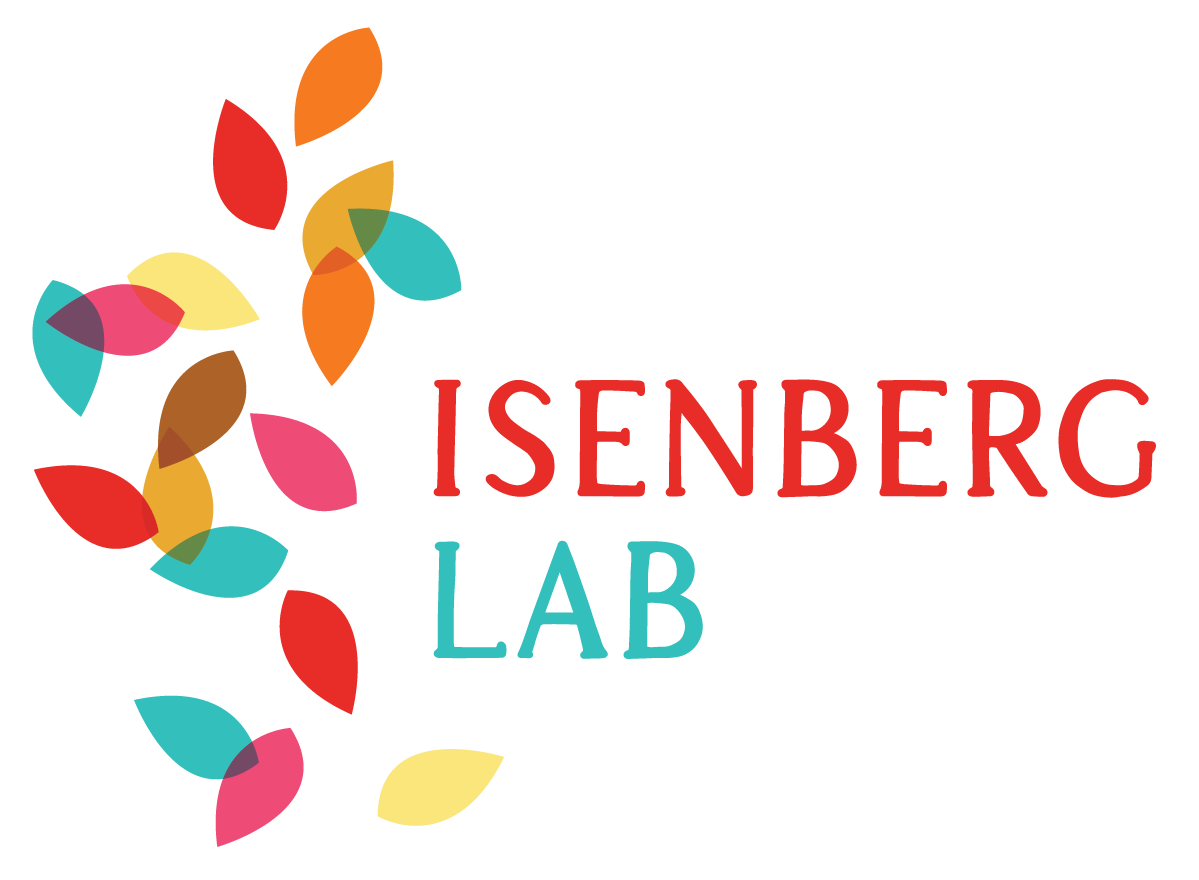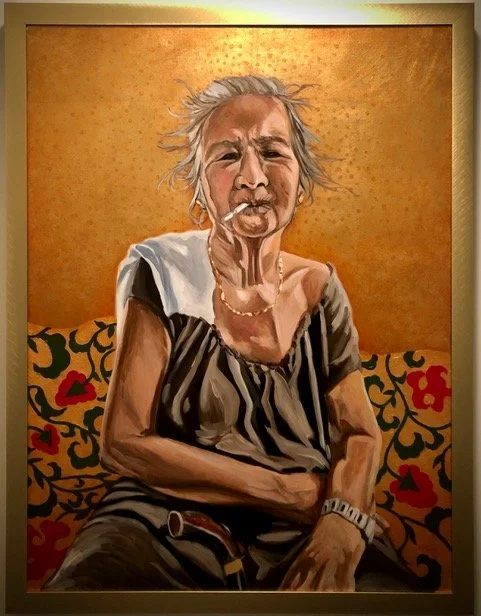-
Mark Reyes is a Filipino-Canadian visual artist and registered nurse based in Winnipeg, Manitoba. A lifelong painter, he works primarily in oil and mixed media, drawing on his cultural heritage, personal experiences, and professional background in healthcare to inform his work. Mark’s art often explores themes of memory, identity, aging, and spirituality—infused with deep personal meaning and a reverence for storytelling through portraiture.
Mark began painting at a young age in the Philippines, later learning from esteemed wildlife artist Clarence Tillenius and participating in youth programs at the Winnipeg Art Gallery. He is a member of the Manitoba Society of Artists and an associate member of the Society of Canadian Artists. His work has received recognition in multiple juried exhibitions, and he uses proceeds from his art to support education and nutrition initiatives in the Philippines through the Reyes Family Foundation.
As an emergency nurse, Mark has a profound understanding of life, loss, and the fragility of the human condition. His dual perspective as both caregiver and artist brings a unique emotional depth to his work. He paints not only to preserve memories, but to offer reflection, healing, and connection across time and space.
-
“Apung Petra” is a portrait of my grandmother, Petronila—affectionately called Petra by her family and those who knew her. In the Kapampangan language, “Apu” is an honorific used to address elders, conveying respect, reverence, and affection. This painting captures her not as a distant memory, but as she was: seated on the couch in her favorite dress, a towel casually draped over her shoulder, her cane close by, and a cigarette gently pressed between her lips—lit end inward, as she once told us, to keep the ash off her clothing, “as proper ladies used to do.”
The portrait was completed just a few months before her passing. At 94, after suffering a stroke, it became clear that our family could no longer provide the consistent, intensive care she needed here in Canada. With the long, cold, and slippery Winnipeg winters and her growing fragility, we made the difficult decision for her to return to the Philippines, where she could live her final days surrounded by familiar sounds, smells, and warmth. It was in this time of anticipatory grief that I was inspired to paint her—not as a farewell, but as a celebration of a life well-lived. A cousin had captured this image of her, an ordinary moment that spoke volumes, reflecting her strength, stubbornness, humor, and unspoken love. After seeing the image in a group chat between my cousins and I, I knew I had to commit it to canvas.
To me, this portrait embodies the theme of a “good death.” My grandmother passed away on her own terms. She lived with dignity, not just in her final days, but throughout a life marked by perseverance. She raised twelve children alone, worked as a dressmaker, and never wanted to be treated as a burden. Even after her stroke, she insisted on participating in daily routines—folding laundry, prepping ingredients, sharing stories. Her towel, worn often on her shoulder, speaks to her enduring caregiving nature. Her cane represents her tenacity and longing for autonomy. And her cigarette - a reminder that joy, even in small acts, is worth preserving until the very end.
I chose to use oil paint and gold metal leaf, referencing the stylized forms of Orthodox Christian icons. This visual language, while not traditionally Filipino, reflects the Catholic belief we both shared—that death is not an end, but a transformation. The gold signifies the eternal, framing her not just as a grandmother, but as a transcendent soul. Her gaze, soft yet unflinching, asks viewers not to mourn her, but to remember her.
As an ER nurse, I confront death often—sudden, traumatic, and unprepared. My grandmother’s death was different. She had time, choices, peace, and presence. This painting is about that rare and beautiful experience. Through it, I honor her, and hope viewers are reminded that aging and dying, when embraced with dignity, love, and intention, can be as meaningful and sacred as any other part of life.
Next
Next




